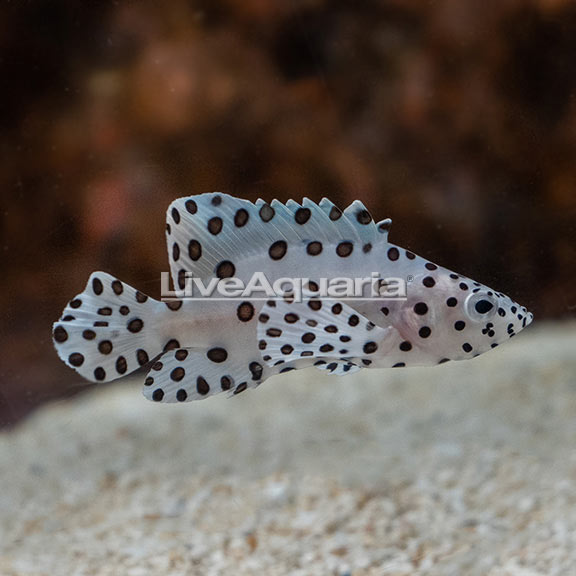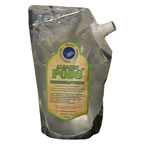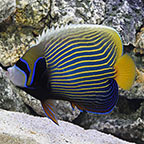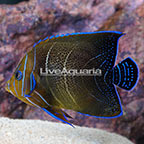
 SAVE up to 30%!
SAVE up to 30%!Additional locales and sizes may be available!
Additional locales and sizes may be available! Email me when availableQuick Stats
What do these Quick Stats mean? Click here for more information
What do these Quick Stats mean? Click here for more information
Overview
In nature, they are found in lagoons, seaward reefs, silty areas, and coral reefs. To mimic this environment in a home aquarium, use a sandy substrate topped with pebbles and live rocks for hiding. There should be plenty of room for swimming, which means they require a large aquarium because of their size. Aquarium should have a lid. Typically, shy when it is first introduced to the aquarium, the aquarium should have a lid to prevent escape. Panther Groups will eat invertebrate and small fish, and can be aggressive towards other fish if stressed or threatened.
This member of the Serranidae family is a carnivore that consumes a lot of food because of its size. Because of this, the aquarium will need to have an efficient filtration system and an efficient water flow. Its diet should consist of meaty foods such as krill, shrimp, and small fish.
Breeding in captivity is difficult.
Approximate Purchase Size: Baby: Under 2"; Small: 2" to 3"; Small/Medium: 3" to 4"; Medium: 4" to 4-1/2"; Medium/Large: 4-1/2" to 5"; Large: 5" to 7"; XLarge: 7" to 9"











